Cincinnati parks need more than $70 million in fixes. Where will money come from?
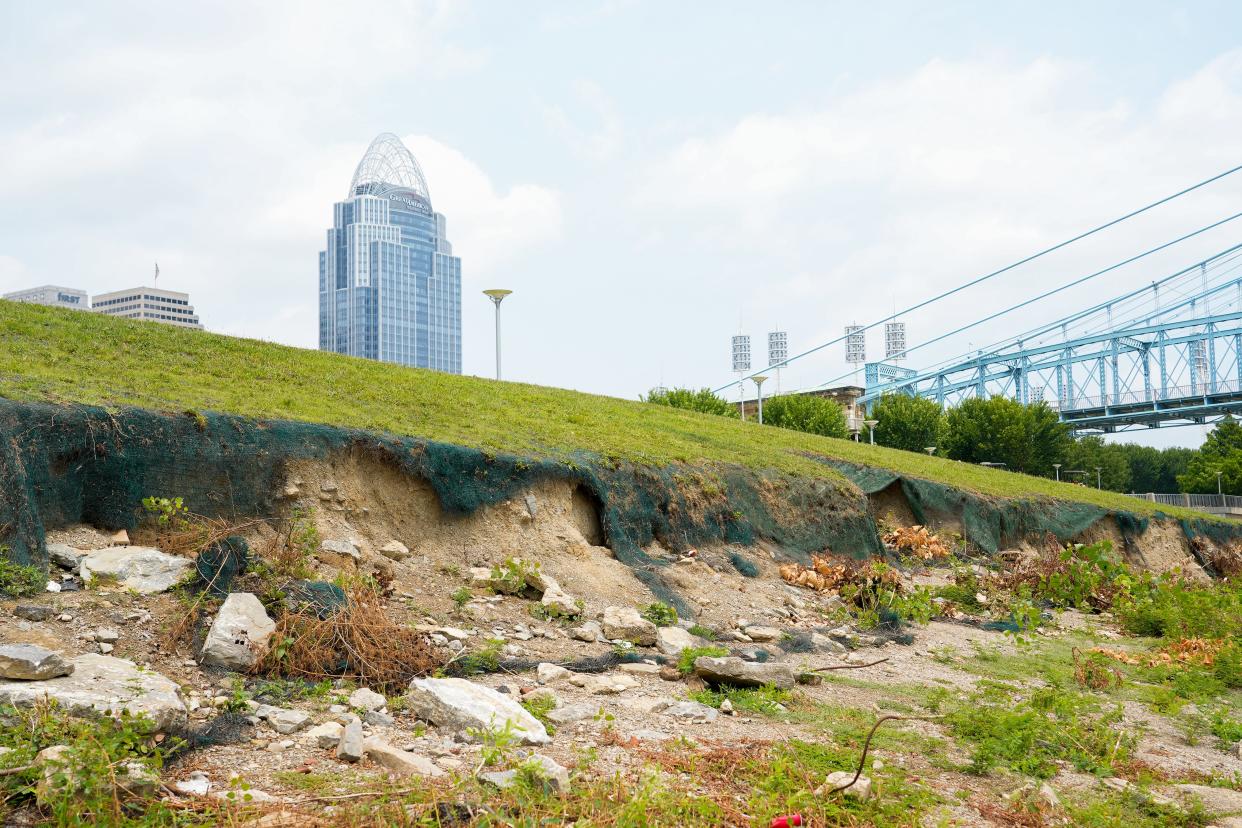
Washington Park welcomes dog walkers and music lovers.
French Park is an in-demand wedding venue.
Along the Ohio River, Smale Riverfront Park is a showcase of walking trails and water features, Sawyer Point is the place for pickleball, and International Friendship Park is known for lush landscaping and arresting art.
Cincinnati parks – with 100-plus locations and 5,000-plus acres – are often ballyhooed as beloved by city officials and ranked among the best city parks nationally.
But they are also, as a group, aging and in some cases under-maintained, according to a 2021 study completed for the Cincinnati Parks Board of Commissioners.
“The infrastructure budget has been under-funded for decades,” architectural engineers Brandstetter Carroll Inc. concluded. “These issues do not go away.”
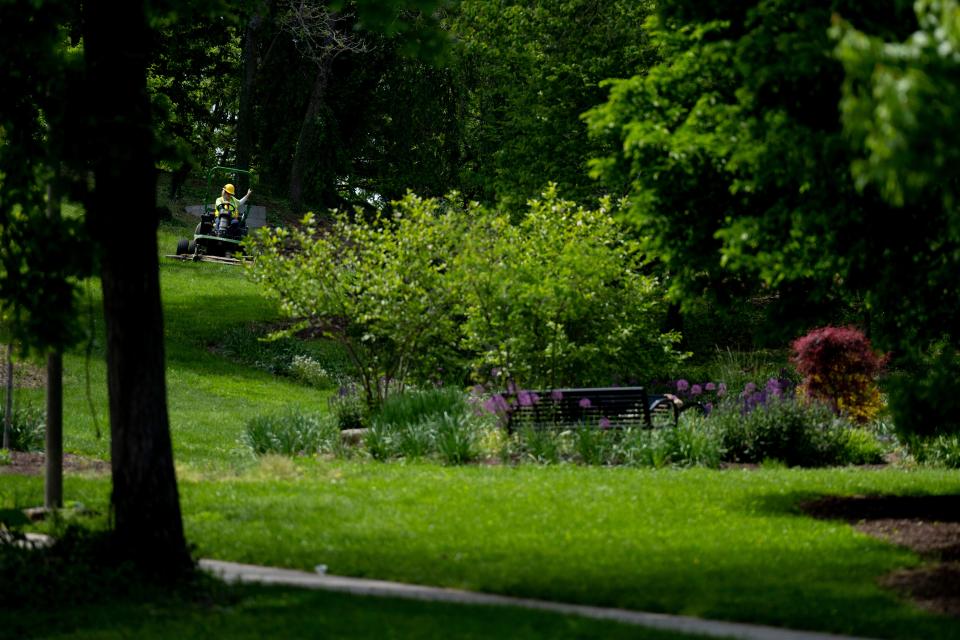
The parks need $73 million in fixes, with a new master plan to guide the work and more public and private dollars to make it possible, the Brandstetter report said.
Parks officials don’t disagree.
The Brandstetter findings will be “a great jumping off point” for a coming strategic plan, Parks Director Jason Barron said.
But finding $73 million – plus millions more for other needs – will take some doing for a city department with a $23 million annual operating budget.
“We can’t do all things for all people all at once,” Barron said.
Parks infrastructure ‘well past its life cycle’
Every park got attention from Brandstetter. Collectively, about two-thirds of that $73 million is needed for upkeep of assets in “fair” or “poor” condition, the consultants reported. About 25% of the total spending should go to assets in “excellent” or “good” condition, they said, with the balance for utility work.
“Infrastructure has been required to perform well past its expected life cycle,” the report noted.
Barron and his head of planning and design, Joel Gross, have been wrestling with that reality since they came to Parks in 2022, in September and April respectively.
In that time, Gross has upgraded the parks’ database to track projects and their budgets. Barron is using that data – being supplemented this summer with digital files of parks’ blueprints – to create strategy for spending.
Early lesson? The Brandstetter report did not capture all of the parks board's needs. Among the larger of those:
Smale Riverfront Park, a $100 million Downtown site opened 11 years ago, with $16.3 million more earmarked for current and future projects there. One present need: addressing 1,200 feet of erosion along the Ohio River on the western edge of the park’s shore. Smale is safe, parks officials say, but repairs are needed for its long-term preservation.
International Friendship Park, also Downtown, which needs $3 million to rebuild what Greater Cincinnati Water Works had to tear out in early 2022 for a retaining wall to protect a water main. Water Works is covering the cost, but the parks board is overseeing work that should wrap up next spring.
California Woods, in the east side California neighborhood, which needs up to $2 million to address years of flooding that has destabilized the road into the park from Kellogg Avenue.
Krohn Conservatory, the iconic Eden Park home of Christmas displays and butterfly shows. Brandstetter said the 90-year-old facility needs $6 million – but a 2007 study priced a full-blown renovation at $42 million, with parks officials putting the cost of that plan at $179 million by 2021. The board will “dig in” again on Krohn this fall, Barron said, to determine next steps.
The Brandstetter report also did not consider the condition of the parks’ trails, forests and landscaping, or invasive species growth. Neither did it account for inflation, using figures based on 2020 construction costs.
Funding from Futures Commissions, railroad sale?
Just eight years ago, Cincinnati voters rejected a permanent levy, by a 59% margin, that would have raised $5.5 million a year for Cincinnati Parks. Local homeowners would have paid $35 a year for each $100,000 of their home value if the 2015 levy had passed.
Cincinnati City Councilman Jeff Cramerding revisited the levy idea with parks officials and other stakeholders before he won office in November 2021. His conclusion: A levy would not raise the funds that the parks need.
In interviews, parks officials deflected the question of a levy.
Barron said parks officials aim to do the best they can with the funds they have and are happy the city just agreed to fund nine new positions for Parks, now at 140 full-time and 124 part-time employees. A levy, he noted, is a political decision outside his operational control.
Jim Goetz, president of the Parks’ Board of Commissioners, said the board is eager to learn what the Cincinnati Futures Commission will recommend on infrastructure funding. The group, created by Cincinnati Mayor Aftab Pureval last November to examine city spending, should finish its work by the end of this year, with recommendations to follow. Among its 34 members is Molly North, vice president of the parks’ board and CEO of commercial real estate developer Al. Neyer Inc.
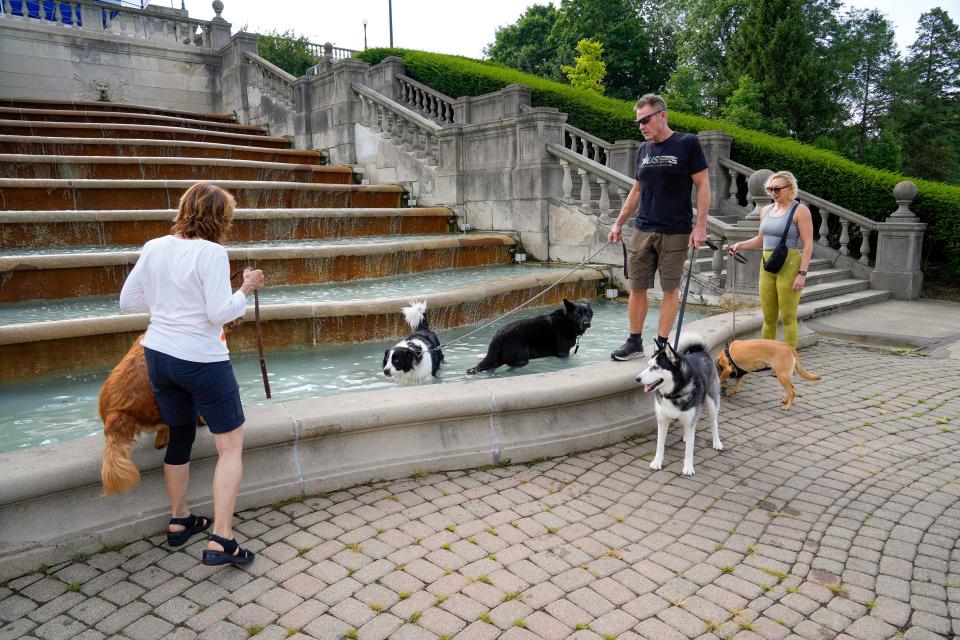
Goetz also hopes the parks might see some benefit from the city’s planned sale of Southern Railway to Norfolk Southern. If voters OK that deal in this November’s election, the city will begin to collect up to $70 million a year for infrastructure needs.
For now, the parks board appreciates leaning on the Cincinnati Parks Foundation, Goetz said, especially for non-maintenance projects. In recent years, the foundation paid for Sawyer Point’s pickleball courts, an addition to Eden Park called Tom Jones Commons, playgrounds, honeysuckle removal and more.
Parks officials also continue to seek new revenue ideas. Krohn has been a leader in that initiative of late, with audience-drawing exhibits. More recently, in May, new board member Kick Lee suggested reopening more park concession stands, a “creative” possibility, according to Goetz.
Park users should not bear the burden of maintenance needs, Barron and Goetz believe. Said Barron: “Parks should be free and open to all.”
Would combining with the Cincinnati Recreation Commission – a question raised every few years – free up more city dollars for park upkeep?
Goetz thinks not, since both have long wish lists. “Merging the two groups would not eliminate either CRC or Parks’ funding needs,” he said in a March 2022 memo to the mayor.
Cramedering believes the idea deserves continued consideration. “I think combining the two would make sense,” he said.
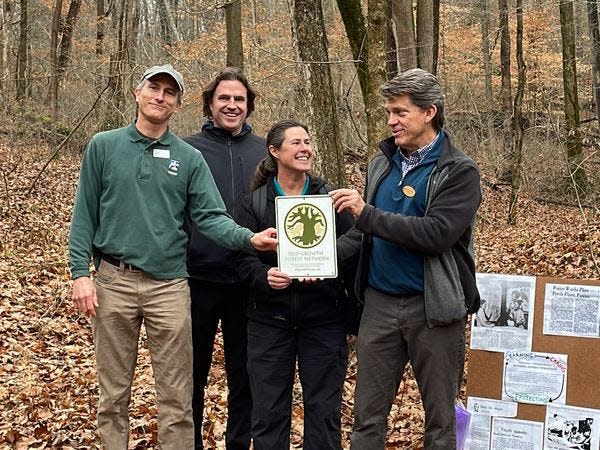
Spending carries on with strategic plan to come
Barron came to Parks from Cincinnati’s Red Bike, the bike share nonprofit he created in 2013. He worked for Mark Mallory, former Cincinnati mayor and Ohio state senator, from 2003 to 2013.
Barron came in after two short-term interim directors in 2022, who filled in after the parks board lost its third full-time director between 2017 and 2021.
Forty-five years old with a salary just shy of $167,000 a year, Barron shows up at parks events to support staffers and at community meetings to hear what’s on residents’ minds.
Barron’s view of parks has changed in his first 10 months.
“When you are parks user, you say, ‘This is lovely.’ When you direct the parks, you say ‘That manhole, that sewer grate, that lock – looks old.'"
So and he and his staff are doling out what they can – even as they ponder how to address multimillion-dollar needs.
Since Gross came on, the parks board has completed $3.3 million worth of projects at 20 different sites. The board has OK'd spending $15 million more. While plenty of dollars are flowing to marque parks – Smale, Sawyer, Eden – they’re going to neighborhood parks, too.
In the West End, Ezzard Charles Park got a plaza and statue for its namesake. In Clifton Heights, Bellevue Hill Park got fencing repairs. Rapid Run Park, in Price Hill, got sidewalk repairs and playground equipment.
Lytle Park has gotten dollars, too. But that Downtown project, now in progress, moved forward largely because of help from its neighbor, insurance giant Western & Southern Financial Group.
Related, Krohn Conservatory will need private funding, too, for any large upgrade. Brandstetter Carroll highlighted that fact in the major recommendation of its report. Krohn can attract philanthropy, it said, but “basic infrastructure needs do not attract donors. The funds must come from city funds or increases in revenue generation.”
In the end, Cincinnatians’ affection for local parks could be a plus in the calculus toward their repair.
“So many people really care about them and have cared about them for generations,” Barron said. “This is a Cincinnati core value: That we want to invest in our parks.”
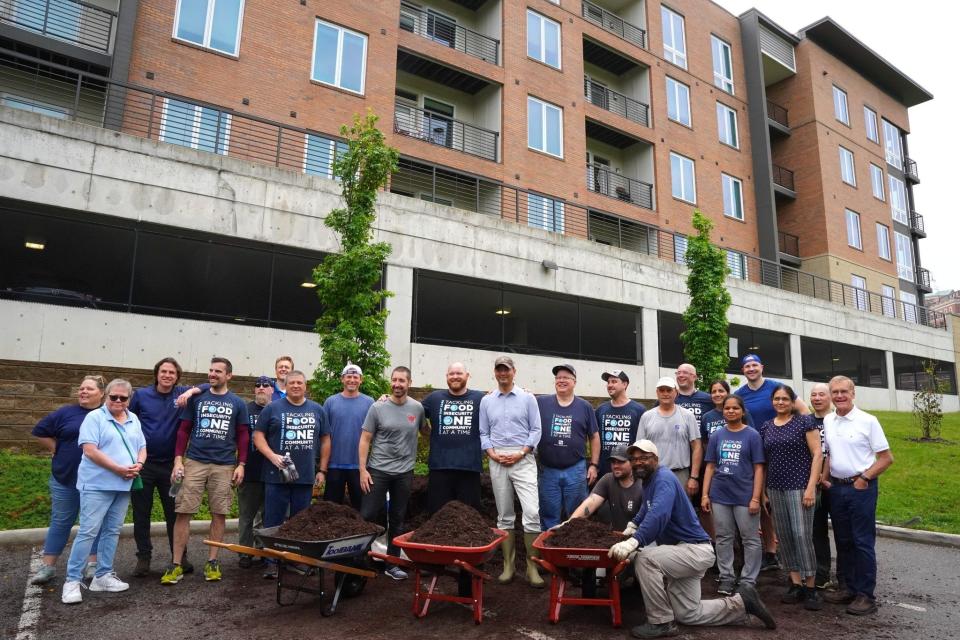
This article originally appeared on Cincinnati Enquirer: Cincinnati Parks, Smale Park, Washington Park: How much do we spend

